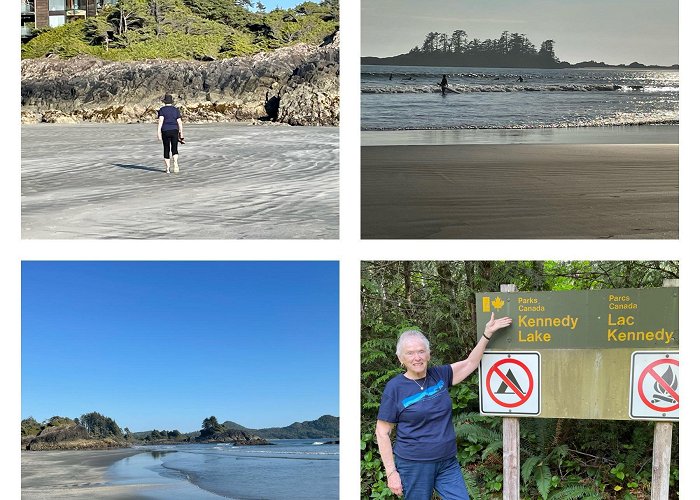Kennedy Lake Park is a provincial park in British Columbia, Canada, situated on the southwest side of Kennedy Lake, adjacent to the Pacific Rim National Park Reserve. The park is a scenic gem, offering visitors a tranquil and picturesque setting for beach activities, nature walks, and wildlife observation. Historically, the park's area was inhabited by indigenous people, and evidence of their presence can still be found in the form of archaeological sites and artifacts. Visitors can engage with the park's rich history through self-guided trails featuring interpretive signs that provide insights into the cultural significance of the area. The park's unique landscape design and features make it an excellent location for outdoor activities, workshops, and hands-on learning experiences that allow visitors to immerse themselves in the natural and cultural heritage of the region.
For tourists in Ucluelet, Canada, Kennedy Lake Park is a must-visit location due to its accessibility and the range of activities it offers. The park's proximity to Tofino, British Columbia, makes it a convenient stop for travelers exploring Vancouver Island's west coast. With its eco-friendly practices, the park is a great example of conservation efforts and provides visitors with opportunities to appreciate the biodiversity and marine life in the area. The best times to visit Kennedy Lake Park for optimal experiences are during the warmer months when visitors can engage in outdoor activities and enjoy the panoramic views from observation decks and towers. Accessible and safe trails within the park cater to a wide range of visitors, making it enjoyable for families, nature enthusiasts, and adventure seekers alike.
Additionally, Kennedy Lake Park offers unique opportunities for cultural events and festivals related to the site, providing insights into the local community's traditions and heritage. The park's focus on preservation efforts and restoration projects ensures that its natural and historical highlights are well-maintained, allowing visitors to engage with history and appreciate the unique flora and fauna present in the area. Guided tours and interpretive programs enhance the visitor experience, providing valuable insights into the geological processes that shaped the landscape, as well as the cultural significance of the park.


